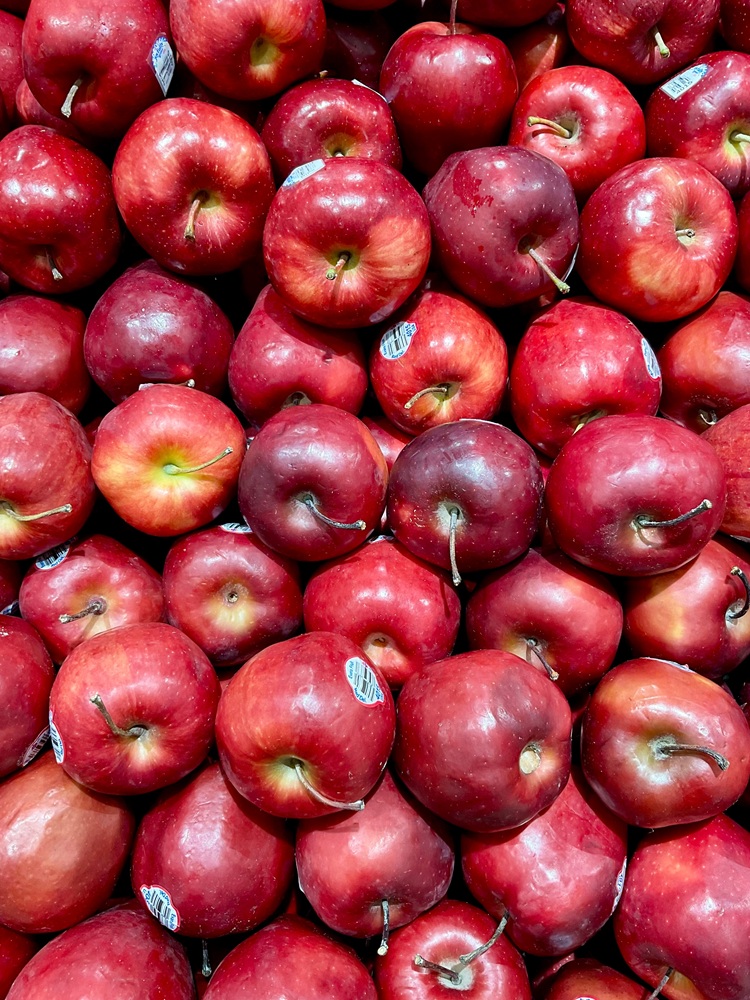- Home
- About Us
- Food Security Projects
- News
Food Security Projects
Food Recovery

Despite the fact that millions of people don’t have sufficient food to eat, in 2022 over 32.6 million tons of food in the United States went into the landfill.1 Not including milk, US schools discard an estimated 530,000 tons of food each year.2 To combat this, food rescue or donation programs have been operated for years in districts throughout California. The efforts aim to combat potential food waste and food insecurity by salvaging surplus packaged and individually wrapped food items from school kitchens at school sites.
Through partnerships with local hunger relief agencies, leftover nutritious meals are redirected from landfills to those in need within the school communities. These programs have been highly successful, rescuing millions of pounds of food from landfills and providing it to individuals facing food insecurity.
While food recovery models can involve outside partners, schools can utilize shared bins or tables to distribute uneaten, edible food to students during the school day and to parents after school. As of January 1, 2024, local education agencies in California are required to begin donating 20% of all leftover edible food.3

Evidence for Use
+
-
School food recovery programs offer numerous benefits, including reducing food waste and combating hunger simultaneously.4, 5 By salvaging surplus food from school kitchens, these programs provide nutritious meals to individuals facing food insecurity in the surrounding communities. Additionally, they promote environmental sustainability by diverting food from landfills and reducing greenhouse gas emissions associated with food decomposition.4 Furthermore, these initiatives can instill a sense of social responsibility and community engagement among students, staff, and stakeholders, fostering a culture of support within the school environment.
Implementation Process
+
-
Recovery through Food Donation: School district food recovery and donation efforts are protected by both federal6 and state laws. School districts develop partnerships with local community and faith-based organizations that regularly pick-up left-over food. Fresno Unified contributes leftover food from 28 schools to Food to Share, an organization that then distributes food throughout the broader community.7 San Diego Unified is in the process of bringing back, ”Love Food Not Waste,” which will provide packaged food items to anti-hunger organizations in the area.8 For these districts, including the Los Angeles Unified School District, the process began with a resolution from the school board to make uneaten food available to local organizations working to reduce food insecurity. Districts then develop food donation processes and put out food donation agreements to local organizations who can pick up and distribute the food.
Recovery through Share Tables: The California Retail Food Code (CalCode), Section 114079 allows for shared tables to be implemented in many food service operations to minimize food waste and encourage consumption of served meals.9 These tables provide a designated area where students can place unconsumed unopened wrapped food and beverage items or fresh produce with a peel for other students to consume during the mealtime or take with them from the food service space to consume later.10
Best Practices
+
-
- Develop partnership with community-based groups working to combat hunger in the local community
- Staff the shared area to ensure food being shared doesn’t require temperature control, is unopened, or is a whole fruit or vegetable
- Communicate policy changes with students, staff, and parents
Participating Schools
Many California schools implement Grab-and Go breakfasts including:
Resources
Citations
1. Slow progress, big opportunities: Insights from ReFED’s food loss and waste estimates for 2022. ReFED Web site. https://refed.org/articles/slow-progress-big-opportunities-in-food-waste-reduction-insights-from-refed-s-food-loss-and-waste-estimates-for-2022/#:~:text=Per%20capita%20food%20waste%20from,from%20its%20peak%20in%202021. Updated 2023. Accessed April 5, 2024.
2. Terry M. Food waste warriors: A deep dive into food waste in US schools. 2019.
3. CalRecycle: Resources for local education agencies: K-12 public schools and school districts . CA.gov Web site. https://calrecycle.ca.gov/organics/slcp/schools/#ediblefoodreq. Updated 2024. Accessed April 5, 2024.
4. Fitzgerald PL. When you waste not, they want not. School Foodservice & Nutrition. 54(10):28-30, 32, 34.
5. Kyung-Eun Lee, Shanklin C. Food recovery: A win-win solution for school foodservice and the community. The Journal of Child Nutrition and Management. 2002;26(2). https://schoolnutrition.org/wp-content/uploads/2023/06/Food-Recovery-A-Win-Win-Solution-for-School-Foodservice-and-the-Community-Fall-2002.pdf.
6. Public law 104–210. 1996(104th Congress).
7. St. rest+ food to share hub. Fresno Metro Ministry Website. https://www.fresnometmin.org/StRest-Food-To-Share. Updated 2024. Accessed March 5, 2024.
8. Food donation program. San Diego Unified School District Website. https://www.sdusdsustainability.com/love-food-not-waste. Updated 2023. Accessed March 25, 2024.
9. The use of share tables. California Department of Education Website. https://www.cde.ca.gov/ls/nu/sn/mbcnp032018.asp. Updated 2023. Accessed April 5, 2024.
10. SP 41-2014: Clarification of the policy on food consumption outside of foodservice area, and the whole grain-rich requirement. 2014.
